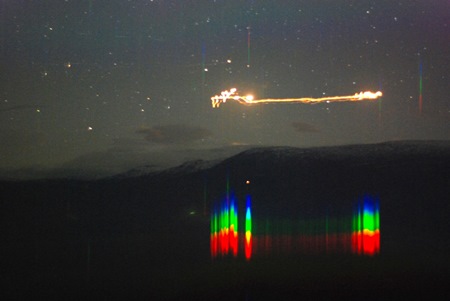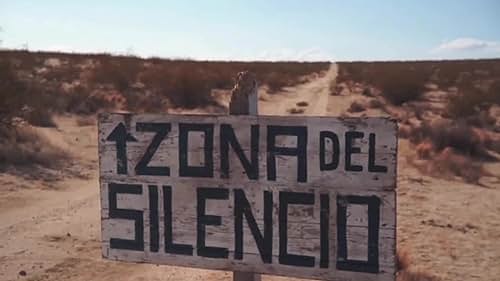Despite centuries of exploration and scientific discovery, Earth still holds places that defy explanation. These sites baffle scientists, spark conspiracy theories, and captivate the imaginations of people around the world. Some are geological oddities, while others seem to twist the very rules of nature. In this list, we explore five real-world locations that science has yet to fully decode—and each one feels like a glitch in the fabric of reality.
5. The Boiling River of the AmazonDeep in the Amazon rainforest lies a river that defies logic. The Shanay-Timpishka, also called the “Boiling River,” reaches temperatures up to 200°F (93°C)—hot enough to cook small animals that fall in. What stumps scientists is its location: there are no active volcanoes or geothermal vents nearby that could explain the extreme heat. While some believe the river is heated by deep-earth geothermal energy seeping through fault lines, the exact mechanics remain unverified. Indigenous communities consider the river sacred, and local legends speak of a giant serpent spirit that gives it power. Despite some geological theories, the Boiling River continues to baffle scientists and explorers who’ve studied it firsthand.
4. The Hessdalen Lights

Nestled in Judge C. R. Magney State Park is a waterfall with a mysterious disappearing act. The Brule River splits into two—one half continues down the falls like normal, while the other plunges into a giant hole known as the Devil’s Kettle and seemingly vanishes. For years, scientists and visitors alike tried everything from dye to ping pong balls to track where the water goes, but nothing ever resurfaced. While a recent study suggests it may reconnect with the river downstream via subterranean channels, no one has conclusively traced its path. The sheer inability to confirm something so seemingly simple has made the Devil’s Kettle an ongoing geological enigma.
3. Lake Anjikuni Disappearance
In the Chihuahuan Desert, there exists a region where radio signals mysteriously fail, compasses spin erratically, and strange lights are frequently spotted in the sky. Dubbed the “Zone of Silence,” it’s often compared to the Bermuda Triangle. Scientists have identified unusual levels of magnetism and mineral deposits in the area, which may affect communications, but the anomalies go beyond mere technical issues. Wildlife in the area shows odd mutations, and visitors report uncanny phenomena ranging from lost time to unexplained mechanical failures. While some explanations cite magnetic irregularities or meteorite impacts, no single theory fully accounts for the bizarre happenings that persist here.
2. The Zone of Silence, Mexico

This otherworldly lake is as deadly as it is beautiful. With its blood-red hue and crusty shores, Lake Natron has a pH as high as 10.5 and temperatures soaring above 120°F (50°C), making it one of the most alkaline lakes on Earth. What perplexes scientists is how life survives here at all—yet certain extremophile fish and algae thrive in its caustic waters. Even more eerie, animals that fall into the lake are calcified, preserved like statues. The water’s bizarre composition, due to sodium carbonate and other minerals from surrounding volcanic ash, creates a petrifying effect. While the basic chemistry is understood, the lake’s combination of danger and life-supporting conditions remains baffling.
1. The Devil’s Kettle
Stretching across the Namib Desert are countless mysterious bare patches of land, perfectly circular, often ringed with grass. Known as “fairy circles,” they’ve puzzled scientists for decades. Some theories suggest termites beneath the soil create the circles by eating roots, others propose plants self-organize due to competition for water. Yet neither theory fully explains why the circles form such precise patterns across vast areas, or why they only appear in certain parts of the desert. Satellite imagery shows these formations stretch for miles, but every attempt to conclusively identify their origin has left more questions than answers. These enigmatic formations continue to challenge our understanding of ecology and nature’s self-organizing tendencies.

Leave a Comment